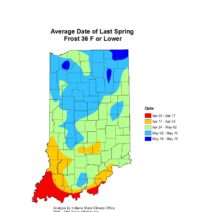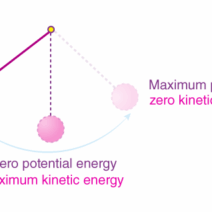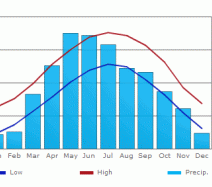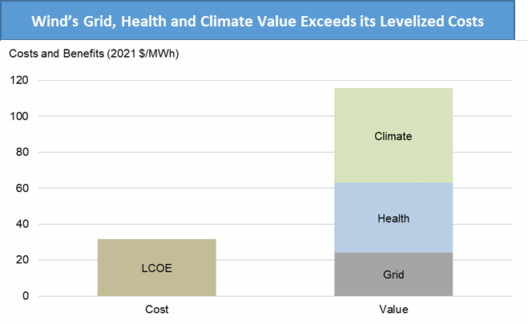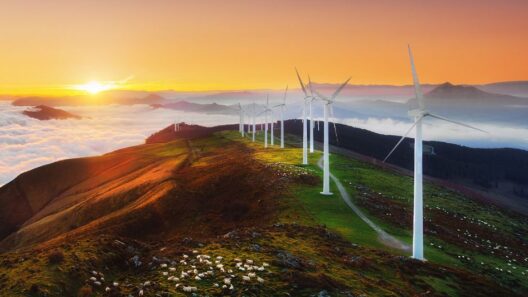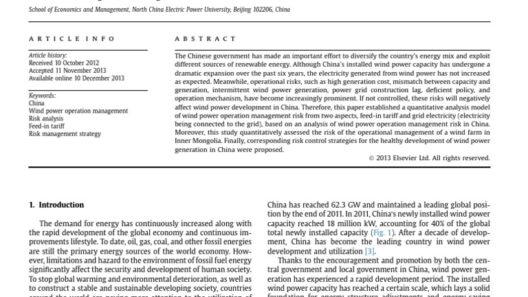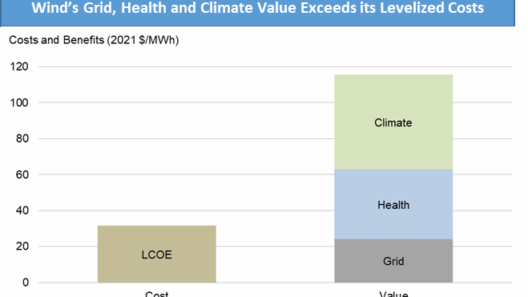The phenomenon of wind energy is an intriguing subject that beckons exploration into the fundamental forces that give rise to this natural resource. To grasp the intricacies behind wind power, one must delve into the science of the atmosphere, solar energy, and Earth’s dynamics. Understanding these elements is crucial in appreciating not only how wind energy is generated but also the broader implications for sustainable energy solutions.
Every breeze we experience is the result of complex meteorological processes influenced by varied factors, including solar radiation, geographical features, and human interactions with the environment. By deciphering the roots of wind’s energy, we can better comprehend its potential role in the renewable energy landscape.
The Solar Imperative: The Backbone of Wind Energy
At the heart of wind generation lies solar energy, the initial driving force behind all weather patterns on Earth. Solar radiation heats the Earth’s surface unevenly due to various factors such as topography, ocean currents, and land cover variability. The differential heating causes air masses over land and water to warm up at different rates. Warm air is less dense and rises, whereas cooler air is denser and settles. This displacement creates pressure gradients, which are essential for the formation of wind.
When regions of high pressure interact with areas of lower pressure, air moves from the high-pressure zone to the low-pressure zone, resulting in wind. Upon this principle hinges the complex interplay between localized atmospheric conditions and global wind patterns. Understanding this fundamental relationship is vital for stakeholders and individuals concerned about the viability of harnessing wind power as a renewable resource.
Nonetheless, while solar energy serves as the primary catalyst, other meteorological and geographical factors are equally instrumental in shaping wind characteristics across different regions.
Geography’s Role: Influencers of Wind Patterns
The physical landscape contributes significantly to how winds are generated and experienced. Mountains, valleys, and bodies of water create unique local wind systems. For instance, coastal areas often experience sea breezes that occur due to differential heating between land and sea. During the day, land absorbs heat and warms up more efficiently than water, which leads to cooler air over the sea moving inland to replace the rising warm air over the land.
This phenomenon exemplifies the interaction between solar energy and geographical characteristics, providing insights into why certain sites are more suitable for wind energy projects. Elevated terrains, such as ridges or plateaus, can significantly enhance wind speeds. Thus, identifying optimal locations for wind farms becomes a crucial element in maximizing energy efficiency and output.
Furthermore, urban areas present challenges in harnessing wind energy due to turbulent airflow created by buildings and infrastructure. Understanding these geographical implications is essential for optimizing wind energy generation and addressing buyer concerns regarding site selection and efficiency.
Climate Dynamics: The Influence of Global Patterns
Wind does not merely exist in isolation but is part of a broader climatic system influenced by various global phenomena. Large-scale wind patterns, such as the Trade Winds, Westerlies, and Polar Easterlies, are driven by Earth’s rotation and differential heating across latitudes. These patterns march across regions, influencing weather systems and wind strength, which are pivotal for wind energy generation.
Climate change has emerged as a crucial concern affecting these patterns. Altered weather systems can lead to shifts in wind distribution and intensity. This potential variability raises important questions about the reliability of wind as a continual energy source and demands that stakeholders remain vigilant regarding ongoing climatic transformations.
The growing unpredictability instigated by global warming necessitates rigorous research and resource allocation to ensure that wind power remains consistent and sustainable. Understanding these climatic implications will be crucial for both investors and developers involved in wind energy projects, offering clarity on the potential risk and return associated with harnessing wind power in an ever-evolving climate landscape.
Technological Advancements: The Key to Efficiency
The transition towards a sustainable future fueled by wind energy is also contingent upon technological advancements in turbine design and energy storage systems. Modern wind turbines are engineered with sophisticated aerodynamic components that augment efficiency and energy capture. Innovations such as vertical-axis turbines and turbine shape optimization not only increase output but also mitigate the ecological impact of wind installations.
Moreover, efficient energy storage solutions are pivotal in addressing the intermittent nature of wind. The integration of batteries and grid solutions allows for energy distribution that smoothens the variability of wind energy generation, giving consumers greater assurance regarding energy availability during peak demand times. This technological landscape influences purchasing decisions, portraying wind power as a reliable component of a diversified energy portfolio.
In conclusion, the energy behind wind is an amalgamation of solar radiation, geographical influence, climatic dynamics, and technological progress. As wind energy continues to carve out its space in the renewable energy dialogue, understanding these underlying forces will help demystify the factors driving its potential. For stakeholders, from policymakers to consumers, a comprehensive grasp of the natural phenomena leading to wind energy generation not only addresses crucial concerns but also signifies a progressive step towards sustainable energy utilization.
